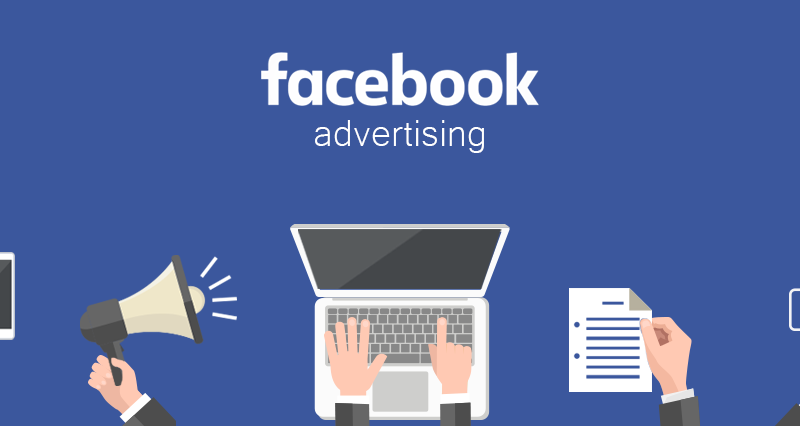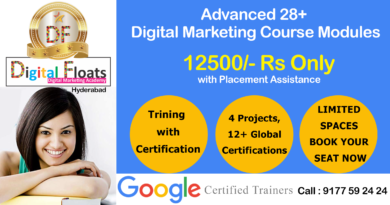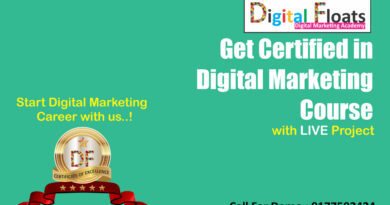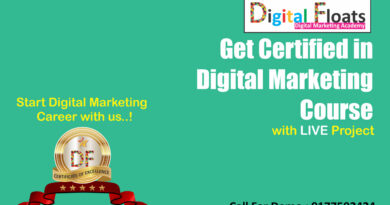How to Boost Sales with Facebook Ad and Email Marketing
Email marketing has been considered one of the best online marketing strategies for years now. Not only is it one of the least complicated marketing method, but the ROI is astonishingly high. When it comes to driving traffic to your business page, email marketing achieves that seamlessly, along with allowing you to create brand visibility, maintain a personal level of relationship with your customers and plan marketing mails ahead of time. However, a survey by Ascend2 made in 2018 shows that SEO, marketing technology, content marketing and social media marketing has triumphed over email marketing in generating more leads. According to the survey, in terms of being the most effective digital marketing method of 2018, social media marketing is at the highest with 18% of contribution.
So, if we are to go by these stats, the wise thing would be to switch marketing method from email to social media right? Not necessarily. Email marketing still contributes a significant amount to generate leads. Then why not try to get the best of both worlds? Social media ads can not only help you with a wide audience base but also functions as a reliable platform to promote your lead generation landing page. On the other hand you can link your subscribers to your social media asking them to follow your accounts, if they do not already.
Out of all the social media platforms, we are going to be focusing on Facebook particularly, because it has over 2.41 billion active users, a number much higher than any other platform. To harness in the potential of Facebook with email marketing, there is a step by step process to success, which are:
While creating an ad on Facebook, it is required to understand the several audience targeting options and ad formats. Make sure your ad has a catching headline, engaging and relevant text, proper CTA (Facebook offers you pre-defined CTAs for every type of campaign to choose from) and the right demographic targeted. Facebook has made the whole process much easier by streamlining the setup efficiently.
When your ad leads your target audience to your landing page, it should be compelling enough for them to want to subscribe to it. Your landing page should contain enough visual content to quickly draw attention of the lead to relevant information, but make sure not to use too many page elements like animations, pop-ups or large menus. Your landing page should also contain a value proposition that is centred on the needs of your target demographic. Use headlines that contain negative superlatives, statistical and numerical data and top engaging phrases to convert your leads. Also, your landing page should be available in mobile versions.
While your Facebook ad will bring in traffic to your landing page, and a compelling landing page should convert the leads into subscribers, it is important to go one step ahead to make sure that these subscribers eventually turn into paying customers. For that, you need to design a campaign that is appealing enough to your leads. Start by setting up a welcome email that not only conveys gratitude to your subscribers for signing up but also gives them a complete outlook of what they signed up for.It is also important for you to analyse where each of the subscribers are in terms of their familiarity with the business. In a sales funnel, subscribers are either at the awareness level (they just came across the brand), or consideration level (they are contemplating a purchase) or the purchase and repurchase phase (they have already bought your products). Subscribers belonging to different phases will react to emails differently and hence it is crucial to design mails that are personalised.
Even though the above mentioned process of Facebook ad and email marketing joint strategy appears pretty straightforward and standard, it is good to remember that none of these strategies have a one-size-fits-all solution. To successfully employ this joint strategy, you need to not only have considerable knowledge of your target audience, but also be willing to take risks, do some experimentation and constantly work upon the different elements for optimum result.




